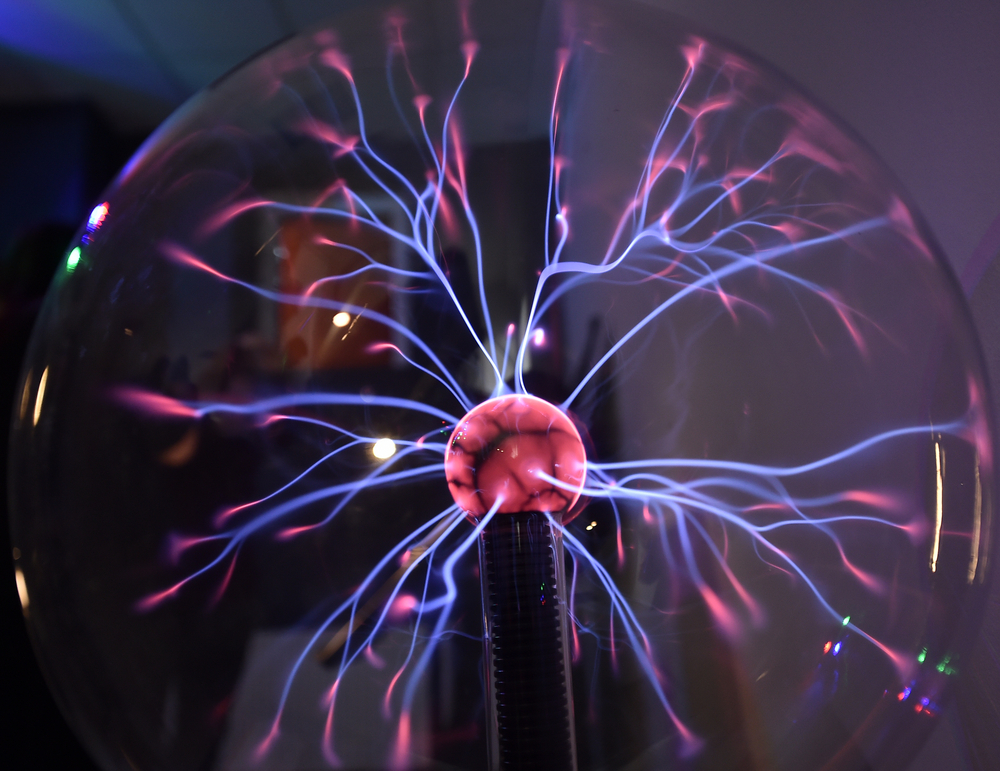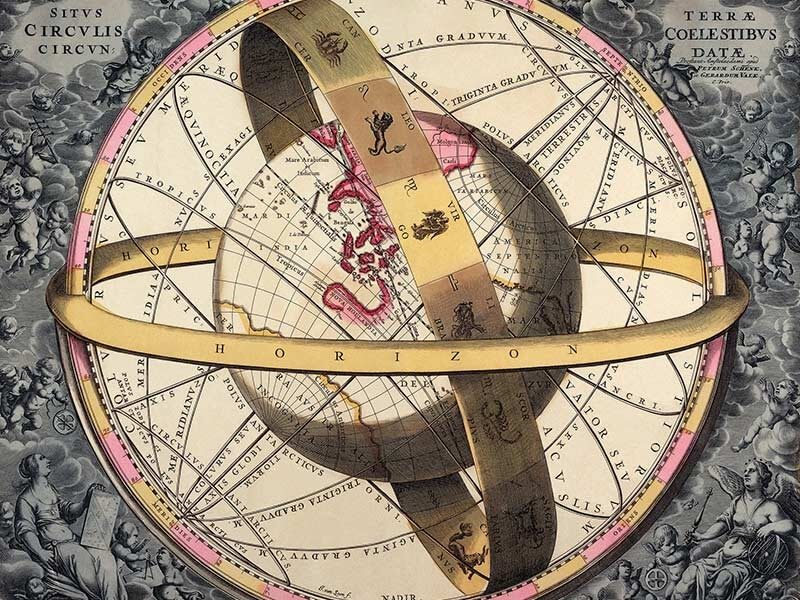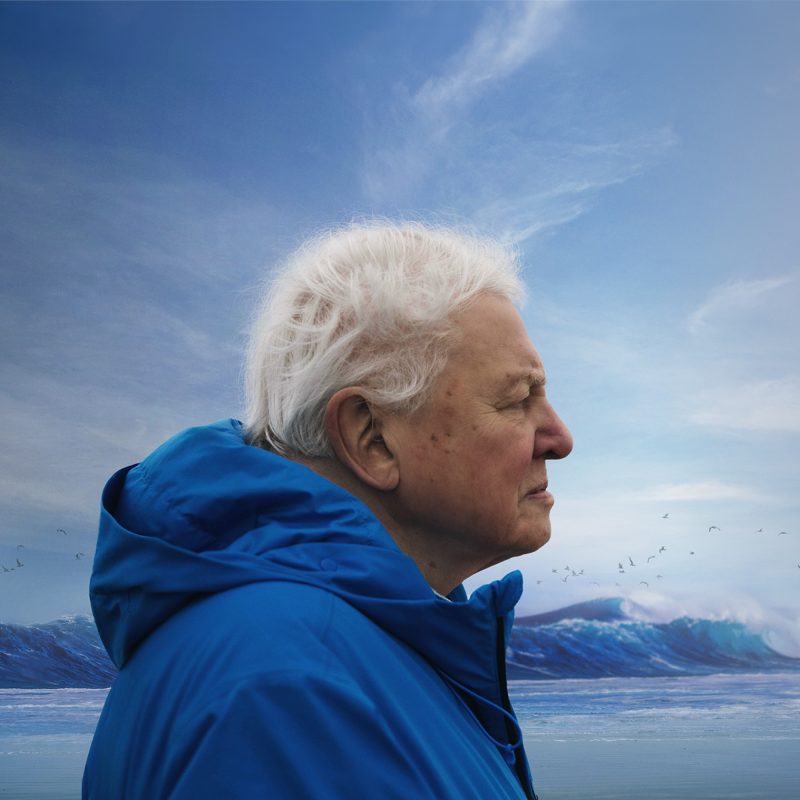description:
There is a hidden order in the ceaselessly changing world around us. It’s called classical physics, and it’s about how the world is put together. Classical physics is about how things move, why they move, and how they work. It’s about making sense of motion, gravity, light, heat, sound, electricity, and magnetism, and seeing how these phenomena interweave to create the rich tapestry of everyday experience.
episodes:
01. The Great Ideas of Classical Physics
Professor Pollock opens the course with an overview of the domain of classical physics: forces and motion, matter and energy, space and time, and particles and waves.
02. Describing Motion—A Break from Aristotle
Greek natural philosophers made enormous progress 2,000 years ago but missed something essential in their analysis of nature—the scientific method. This lecture examines Galileo’s challenge to ancient ideas.
03. Describing Ever More Complex Motion
Galileo’s study of marbles rolling down ramps led to a distinction between velocity and acceleration. Acceleration is one of the paradigmatic ideas in physics, relating to the concept of rate of change.
04. Astronomy as a Bridge to Modern Physics
Speculations on Earth’s place in the universe, the nature of planets, and the structure of the solar system were at the heart of the development of classical physics. This lecture looks at the work of Copernicus, Kepler, and Galileo.
05. Isaac Newton—The Dawn of Classical Physics
The turning point in the development of classical physics traces to Isaac Newton. This lecture covers Newton’s background and the first two of his laws of motion, involving inertia (mass), acceleration, and force.
06. Newton Quantified—Force and Acceleration
The master idea for this course is Newton’s statement of the relationship between force and acceleration: F = ma. This formula determines almost all of classical physics. It is at once simple and deep.
07. Newton and the Connections to Astronomy
Thinking about circular motion led Newton to an understanding of planetary motion, closing the loop with Galileo, Kepler, and Copernicus, and making sense of a Sun-centered solar system and its connection to everyday motion.
08. Universal Gravitation
Newton’s deduction of the law of gravity involved some speculation, just a little math, and a lot of creativity. Remarkably, it succeeded in unifying terrestrial and celestial phenomena into one framework.
09. Newton's Third Law
Newton’s third law of motion (“for every action, there is an equal and opposite reaction”) can be exasperatingly counter-intuitive at first, but it makes perfect sense in terms of a new quantity, momentum.
10. Conservation of Momentum
Introducing the concept of momentum broadens the power of physics and results in the Newtonian world-view of the universe as a deterministic clockwork, based on only a few basic underlying and unified principles.
11. Beyond Newton—Work and Energy
A century after Newton, a new concept more abstract than force gained popularity: energy. Energy forms the basis of understanding everything from chemistry and biology to geology and engineering.
12. Power and the Newtonian Synthesis
The concept that energy can move from place to place and change forms helps explain why things behave as they do. The rate at which energy flows from one system to another (the power) explains even more.
13. Further Developments—Static Electricity
In Newton’s day, electricity and magnetism were mere curiosities. By the 19th century, serious investigation into these phenomena began. Though heralded as “new” forces of nature, they still fit within the Newtonian framework.
14. Electricity, Magnetism, and Force Fields
In his studies of electricity and magnetism, Michael Faraday introduced the radical idea of the force “field.” Sources create a field around them, and other objects then respond locally to that field.
15. Electrical Currents and Voltage
This lecture covers electrical concepts such as charge, voltage, and current. Progress in understanding electricity in the 19th century led to rapid developments in applied physics.
16. The Origin of Electric and Magnetic Fields
Electricity and magnetism are distinct but intimately related. This lecture explores the myriad connections between them, leading to a deeper understanding of the unity of electromagnetic physics.
17. Unification I—Maxwell's Equations
In one of the great triumphs of classical physics, James Clerk Maxwell summarized two centuries of research on electricity and magnetism in four famous equations, explained here in words and concepts.
18. Unification II—Electromagnetism and Light
Published in the 1860s, Maxwell’s equations made a startling prediction: Electric and magnetic fields should interact to produce electromagnetic waves—of which visible light is only a tiny range of a vast spectrum.
19. Vibrations and Waves
Vibrations and the associated phenomenon of waves are everywhere in the natural world. Understanding the big ideas of waves plays a key role in the developing story of physics.
20. Sound Waves and Light Waves
One hundred years after Newton described light as a stream of particles, Thomas Young turned the world of optics on its head when he demonstrated that light was not made of particles but was in fact a wave phenomenon.
21. The Atomic Hypothesis
Atoms provide a unifying principle even greater than Maxwell’s equations. Energy, structure of materials, chemistry, heat, optics, and much more become simpler to describe and explain at a fundamental level.
22. Energy in Systems—Heat and Thermodynamics
Thermodynamics is the study of heat and energy. When there are large numbers of particles, average quantities become easier, not more difficult, to predict. This is the heart of thermodynamics.
23. Heat and the Second Law of Thermodynamics
One of the last great developments of classic physics was the discovery of a new property of systems, entropy, defined colloquially as “you can’t win, you can’t break even, and you can’t get out of the game.”
24. The Grand Picture of Classical Physics
Classical physics is defined in part historically and in part by a philosophical outlook: The world is ordered, and there is a limited set of fundamental ideas that explain and predict all natural phenomena.










